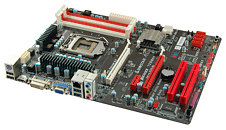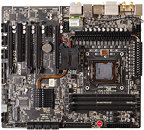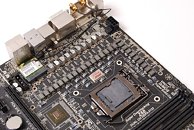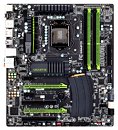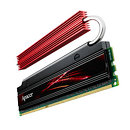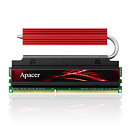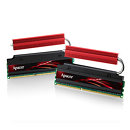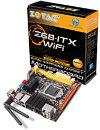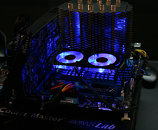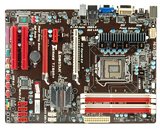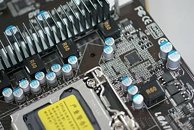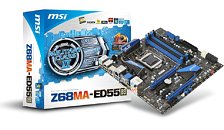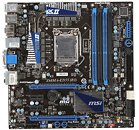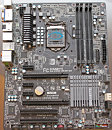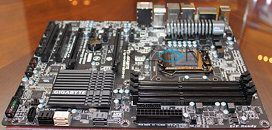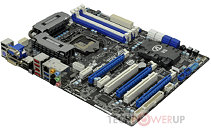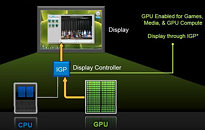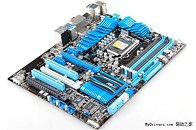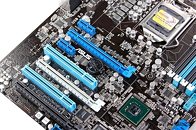
Biostar Readies TZ68K+ Socket LGA1155 Motherboard
Biostar released a new, improved variant of its TZ68A+ socket LGA1155 motherboard, the TZ68K+. The new board looks almost exactly the same as its predecessor except for the stronger CPU VRM. The CPU is now powered by an 8-phase VRM, compared to the 4-phase VRM on the previous version. The VRM cluster north of the CPU socket has its own little heatsink as well. Apart from that, it's the same budget Z68 chipset based motherboard in the ATX form-factor that TZ68A+ was.
Expansion slots include one PCI-Express 2.0 x16, one PCI-E x16 (electrical 2.0 x4), a PCI-E 2.0 x1, and two PCI. The board builds entirely on the chipset's and the LPCIO chip's feature-sets. In the storage department, we have two SATA 6 Gb/s, four SATA 3 Gb/s ports, all internal. Connectivity includes legacy ports such as LPT and COM given out as headers, wired to the LPCIO chip, a number of USB 2.0 ports, two USB 3.0 ports on the rear panel, 6-channel HD audio, and PS/2 keyboard connector. Display outputs include HDMI 1.4, DVI, and D-Sub. Being Z68 based, it features Intel Smart Response technology. Like the TZ68A+, it uses UEFI firmware. We don't expect much of a price-difference between this board and the TZ68A+.
Expansion slots include one PCI-Express 2.0 x16, one PCI-E x16 (electrical 2.0 x4), a PCI-E 2.0 x1, and two PCI. The board builds entirely on the chipset's and the LPCIO chip's feature-sets. In the storage department, we have two SATA 6 Gb/s, four SATA 3 Gb/s ports, all internal. Connectivity includes legacy ports such as LPT and COM given out as headers, wired to the LPCIO chip, a number of USB 2.0 ports, two USB 3.0 ports on the rear panel, 6-channel HD audio, and PS/2 keyboard connector. Display outputs include HDMI 1.4, DVI, and D-Sub. Being Z68 based, it features Intel Smart Response technology. Like the TZ68A+, it uses UEFI firmware. We don't expect much of a price-difference between this board and the TZ68A+.
